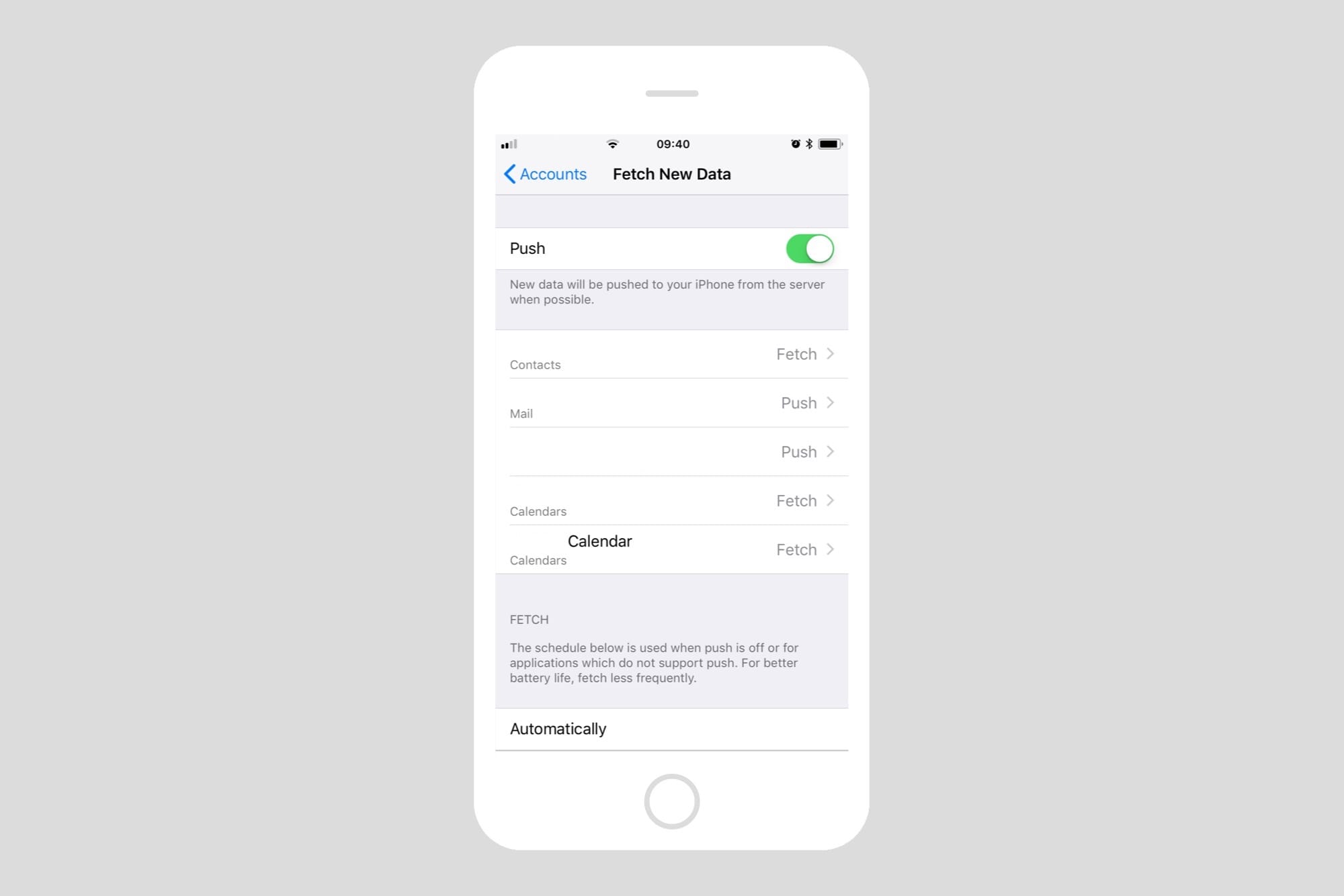

Click on the drive, open the folder (mine was called "Internal Storage"), and you'll have access to all your images and videos. In Windows, for instance, it will show up as a new drive under the "This PC" section. It's the default folder system all digital cameras use to organize pictures. More specifically, the computer will see that the phone has a DCIM, or Digital Camera Images folder. When you plug in, your operating system should recognize the handset as a digital camera. Plug the other end into the supported port on the PC.įor iPhones connecting to a Windows 10 PC, make sure that the iTunes software is not running on your desktop. That's a Lightning connector for modern iPhones, or the mini-USB or USB-C for others. The fastest method for transferring a lot of pics to a PC is to attach your smartphone to your computer via the data cable. Here's a quick guide to help you get those precious memories off your phone and onto your hard drive. But what happens when you want to get that masterpiece of a shot off the small screen for some photo editing on the computer? It's simple, if you know how.

They make it easy to take the shot, and smartphone apps for editing pics and footage are legion. In virtually all of those moments, our phones are there for us. There's a good reason for that: Nary does a moment in life go by lately without a photo or video to match.

In fact, many phones today have built-in sensors that rival that of standalone digital cameras and have almost completely destroyed the market for cameras. The cameras in modern smartphones evolved beyond shooting grainy, blurred shots a long time ago. How to Set Up Two-Factor Authentication.



 0 kommentar(er)
0 kommentar(er)
